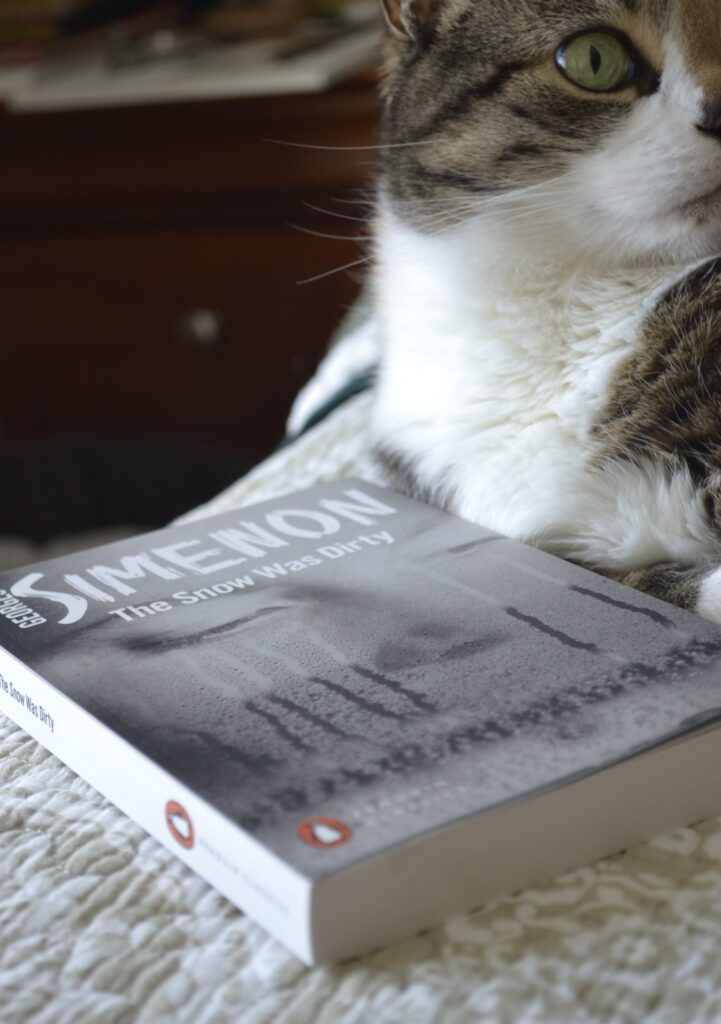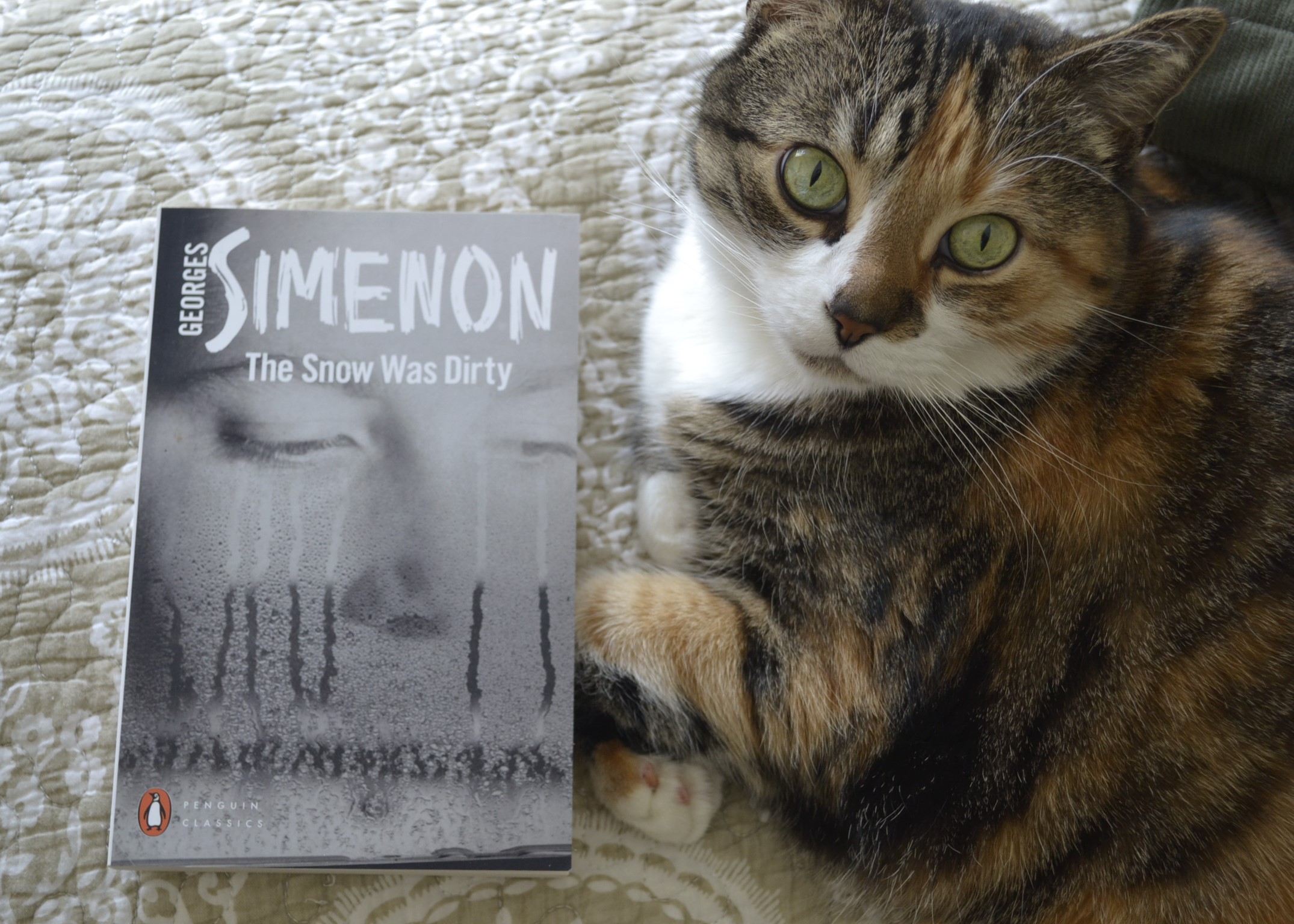Being Temporarily Carless
The car is going in for a big repair this week and I am cringing at the cost of it. It’s an elderly vehicle but I am desperately trying to keep it together for at least another couple of years. I am also keenly aware that I am probably demanding far too much of it with four road trips in the next month, even if those trips are not too far. I’m afraid that any extended travel might be too far at this point.
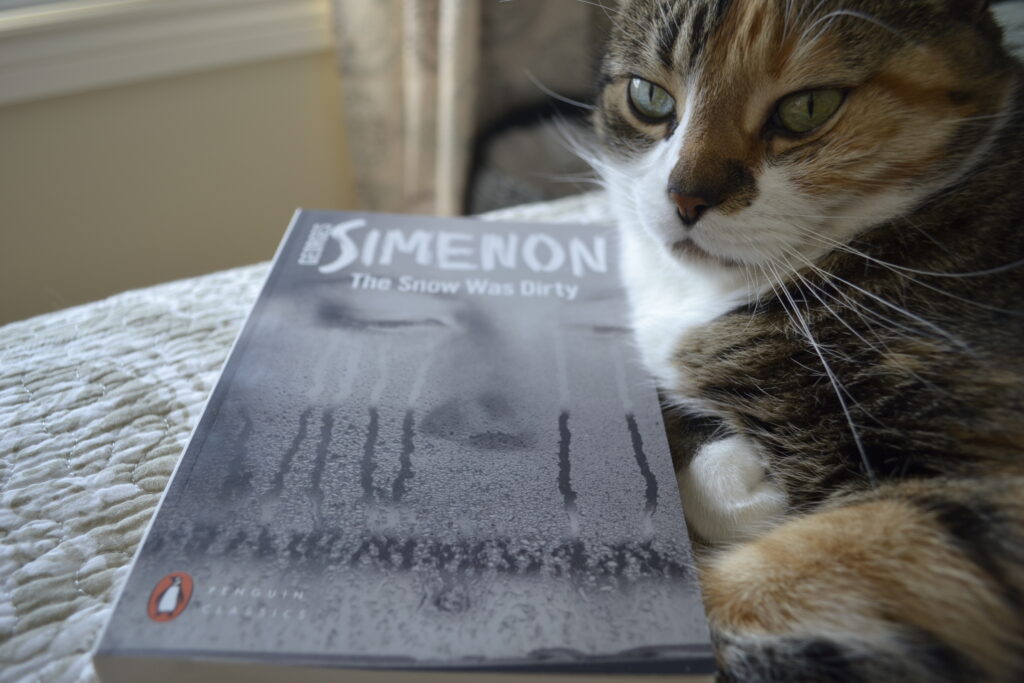
While the car is in the shop, my lovely spouse and I use public transit, and while it’s a bit tricky in a small town, it’s not anywhere near a hardship. It reminds me of the days when I used to take the bus to the university campus and back again — just watching the city go by. There’s less of a city now, but it’s nice to sit back and relax and ride by places in our small town that I didn’t even know existed.
The small walk home is also a nice breath of fresh air, but more on that after the review.
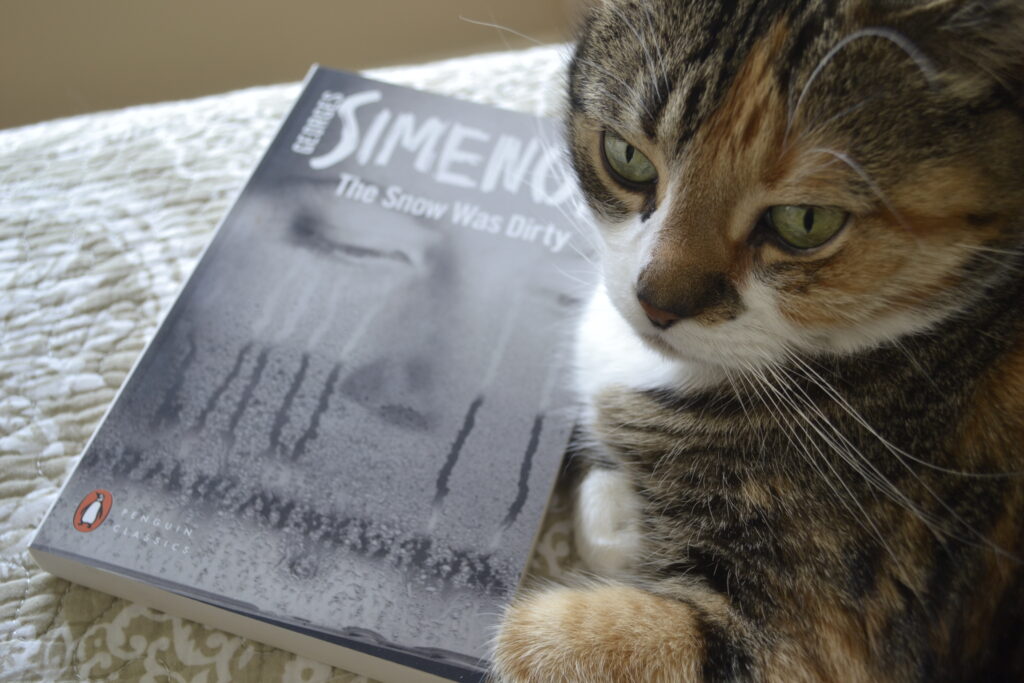
The Crime
The first half of The Snow Was Dirty (La neige état sale) follows Frank as he contemplates and goes on to commit several crimes. Murder. Robbery. He even sets up a sexual assault. Why? Ostensibly because he is chafing under the pressure of living in a very violent world — France under the Nazi occupation. He has no idea who his father is and his mother is operating a brothel that doubles as their apartment.
Frank feels enraged and trapped in poverty and in uselessness. His heroes become the criminals in the underworld that he is starting to find a place in, and his goal is both power and a pass to any kind of freedom he can think of. Simenon paints a brutal picture of how violence breeds more violence in an environment riddled with poverty and limited opportunities. What Frank truly wants to do is to live, but he destroys everything and everyone around him in an attempt to do so. The reader is not meant to pity Frank. Instead, they are meant to see that crime is never the answer and that, no matter the logic behind criminal acts, they are always wrong, cruel, and pitiless.
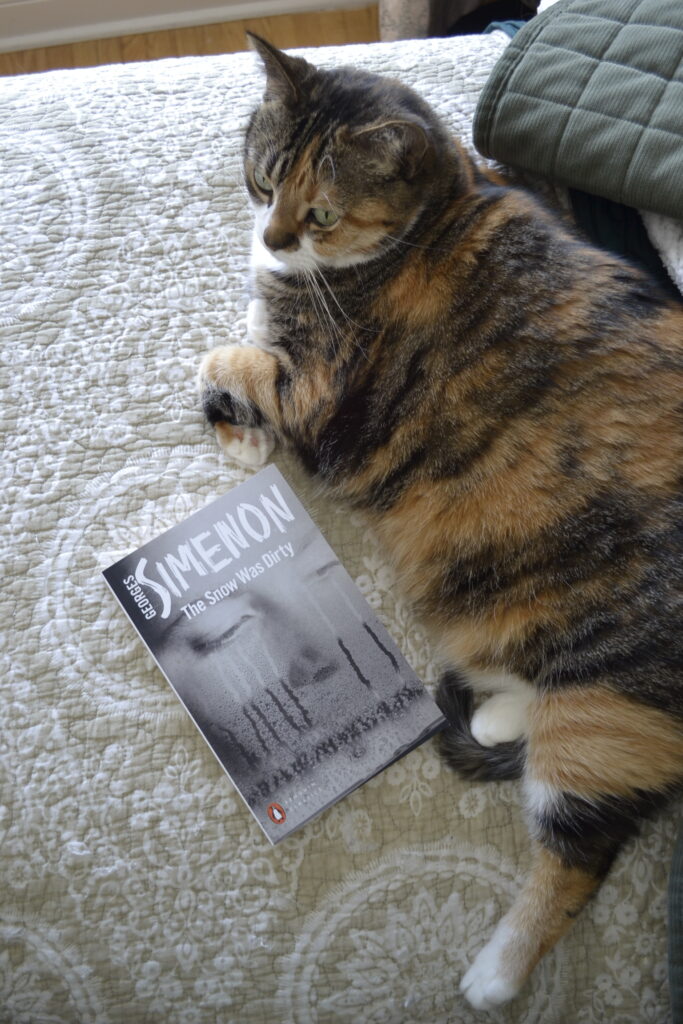
The Consequences
As Frank is finally brought in by the authorities and his crimes begin to catch up with him, the novel takes a very drastic turn. The second part of the book consists of Frank’s imprisonment, interrogation, and eventual punishment. The pace is slow. The tone is contemplative as Frank spends many, many hours completely alone with his conscience. The phrasing is smooth, lyrical, and drawn forward by imagery and metaphor.
Simenon is trying to create the feeling of being placed out of time and out of space — in essence reproducing a feeling of imprisonment in the reader. However, I found that he went a touch too far and created a feeling of too much laboriousness. The change is too sharp and it definitely robs the ending of at least some of the impact that Simenon was attempting to create. A more subtle touch would have perhaps served the novel’s structure better.
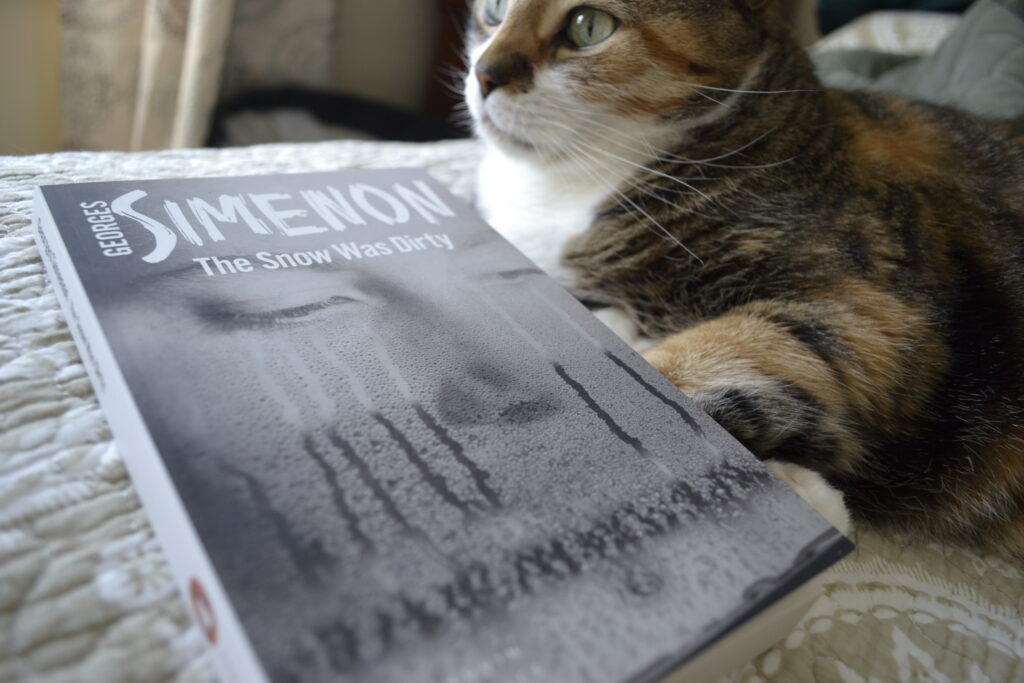
The Elephant in the Room
(By the way, there is sexual violence in this novel, so if you avoid that content you might want to avoid this book. This section of the review deals with that content as well.)
Well, here we are. We have to discuss Sissy. Sissy is Frank’s neighbour, and she is strung along by Frank for a time before he ends up setting her up for his best friend to rape. The attack is disturbing enough without being graphically detailed, but I find the truly disturbing part comes in the second part of the book where Sissy gets over her near death and still somehow wants to be with Frank. Frank at this point in the narrative loves Sissy and wants to be with her as well. Like the brutal assault never happened or was of little consequence, even though Sissy suffers and nearly dies afterward.
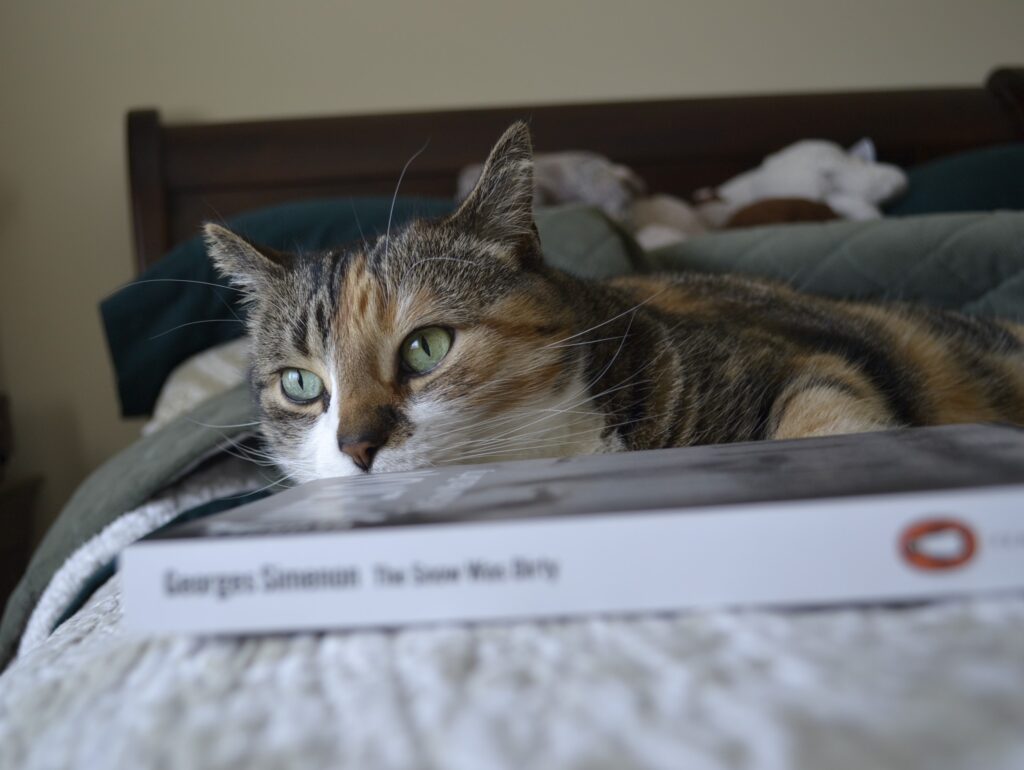
While I think Simenon intends to depict the horrible way women are treated at this point in history and within the criminal community, it fell flat. Mostly because Sissy is not gifted with much of a description or much of a personality. She is just a mirror for Frank and a piece of his character development. In a book that develops other characters so well, the women are left to be either cardboard victims or brothel inhabitants. Nothing more complex and nothing in between.
Sissy does not serve much of a purpose, and the book would have been better without her there. I would have rather Frank’s relationship with his mother been more developed. I always resent it when there seems to be a subtle message that women need to put up with violent, abusive men and ‘fix’ them and that is definitely what Sissy is presenting as.
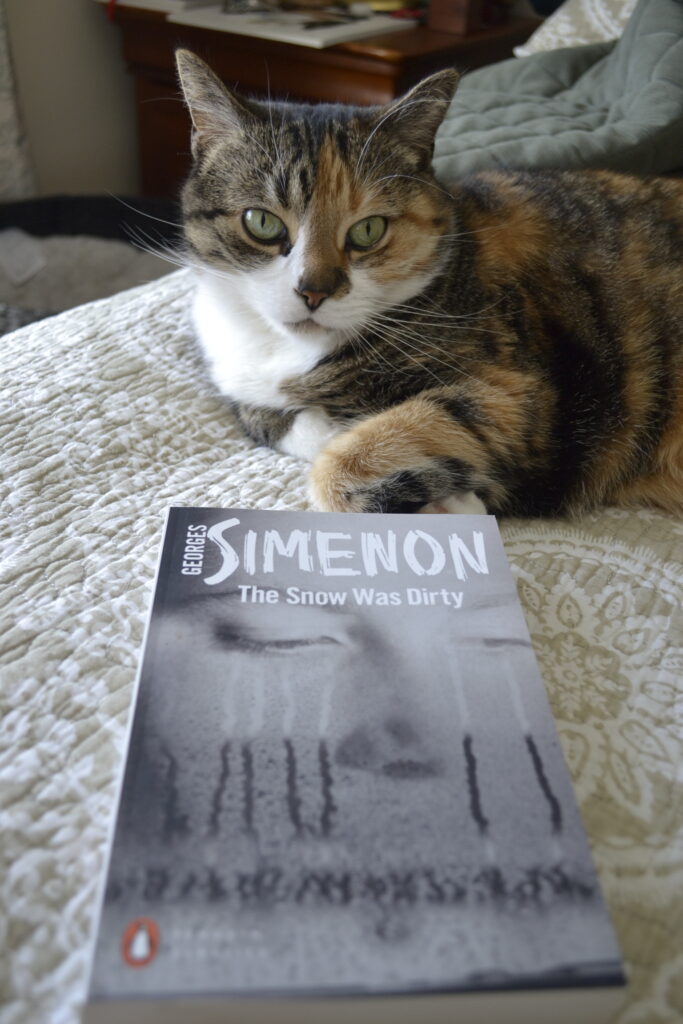
Walking in the Wind
We’ve started to extend our hikes to multiple hours, and so I keep telling myself that the five-minute walk from the bus stop to our house should be so very easy. Yet somehow, it makes me so impatient and tired. Maybe it’s because I’m either going to or coming from the mechanic or because there is inevitably some weather I would not be walking in going on. Snow. Rain. This week? That very strong spring wind that is great for plants but not so fun for people.
Someday it will be sunny and mild when I take the bus. But probably not anytime soon.
